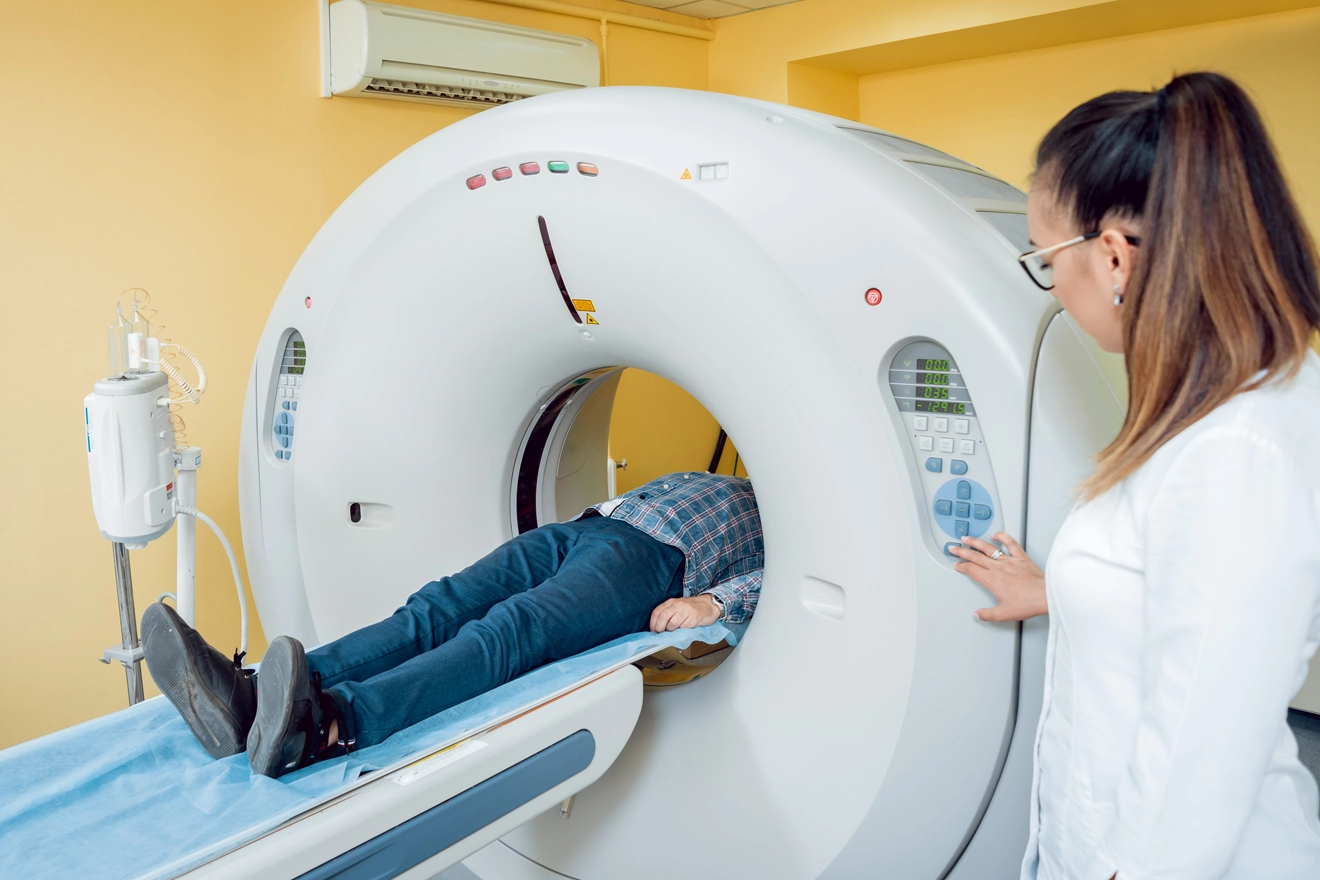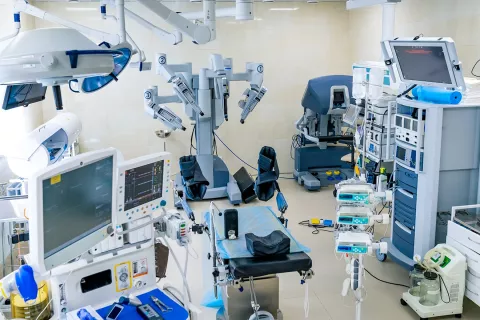
With the convergence of technologies and the connectivity of medical devices to various networks, there is an increased risk of cybersecurity exploitation, which affects the device’s operation. Hence, it is essential to have an effective medical device cybersecurity system to avoid cyber-attacks and ensure safe medical devices’ functioning. All the medical device stakeholders are advised to harmonize their cybersecurity approaches across the lifecycle of the medical devices, right from product design, risk management activities, device labeling, Regulatory submission requirements to information sharing and post-market activities.
There are some general Regulatory principles for device’s cybersecurity while developing, regulating, using and monitoring them. These principles are expected to have a positive impact on the patient’s safety when followed and implemented without fail. Let us analyze them here.
Regulatory Principles for Medical Devices Cybersecurity
Pre-Market Considerations: There are few elements a manufacturer must address during the design and development of a medical device prior to its market-entry, which are certainly called as pre-market elements, which include:
- Designing security features for the product
- The application of accepted risk management strategies
- Security testing
- Provision of useful information for users to operate the device securely
- A comprehensive plan for post-market activities
Risk Management for Total Product Life Cycle (TPLC): Throughout the lifecycle of a medical device, manufacturers must consider imbibing sound risk management principles, which shall address the security and safety aspects. In the risk management process of a medical device, the following should be considered:
- A cybersecurity risk that impacts device safety and essential performance and
- Negatively affects the clinical operations, or results in diagnostic or therapeutic errors
Manufacturers must use the following steps as part of their risk management process:
- Identify every cybersecurity vulnerability
- Estimate and evaluate the associated risks
- Control the risks to an acceptable level
- Monitor and assess the effectiveness of the risk controls
- Communicate risks to key stakeholders via coordinated disclosure
Labeling: Relative to cybersecurity risks, labeling plays an important role in communicating the relative security information to the end-users. It includes the following elements:
- Device instructions and product specifications related to recommended cybersecurity controls
- appropriate for the intended use environment
- Backup and restore features description and procedures to regain configurations
- A list of network ports and other interfaces that are expected to receive and/or send data,
- port functionality description and whether the ports are incoming or outgoing
- Sufficiently detailed system diagrams for the end-users
Documentation for Regulatory Submissions: The medical device manufacturers must clearly document and summarize the cybersecurity related activities. To assess the medical device prior to market-entry, the regulator may require this type of documentation, depending on the risk class of the device or may request it during the post-market phase of the product’s life cycle. Clear documentation should be submitted by the manufacturer and it should describe the device’s design features, risk management activities, testing, labeling and evidence of a plan to monitor and respond to emerging threats throughout the product’s life cycle.
Post-market Considerations: As time precedes, the vulnerabilities change over time and the pre-market controls, which are designed and implemented may be inadequate to maintain an acceptable risk profile. Hence, a post-market approach is very important and necessary, in which multiple stakeholders play a key role. The post-market approach covers various elements and includes the operation of the device in the intended environment, information sharing, coordinated vulnerability disclosure, enhancing security capabilities, vulnerability remediation, incident response and legacy devices. Depending on the class of the device, a Post-market Surveillance (PMS) report must be prepared, summarizing the results and conclusions of all the data analysis from the market.
Having known some of the principles of device cybersecurity, manufactures are recommended to implement a defined Regulatory framework for medical devices cybersecurity. With the increase of medical devices connected to the internet and other networks, there is a chance of risk that hackers may indulge in nefarious activities. Hence, the medical device manufacturers are advised to remain vigilant and follow the best Regulatory principles for cybersecurity. Are you facing any cybersecurity gaps with your medical devices line up? Consult a device expert. Stay informed. Stay compliant.









